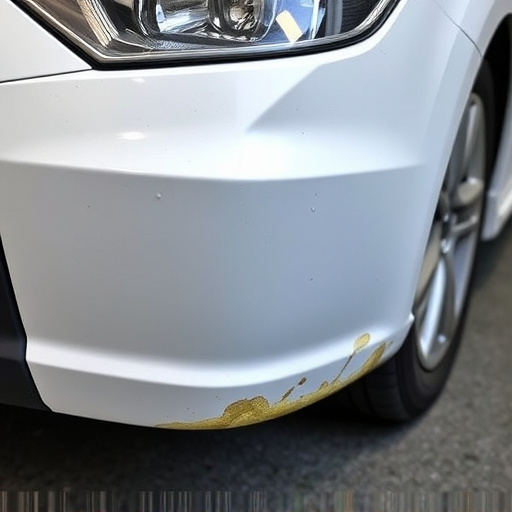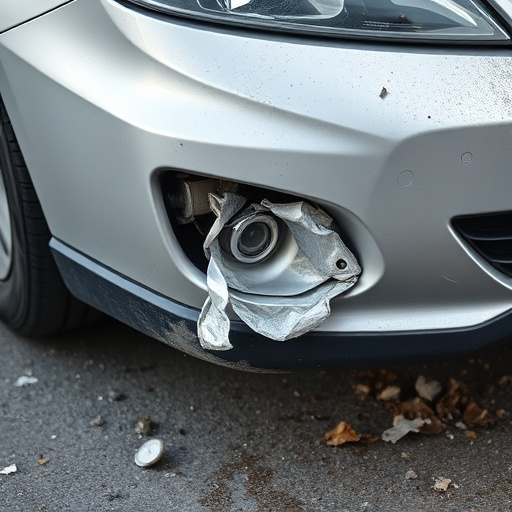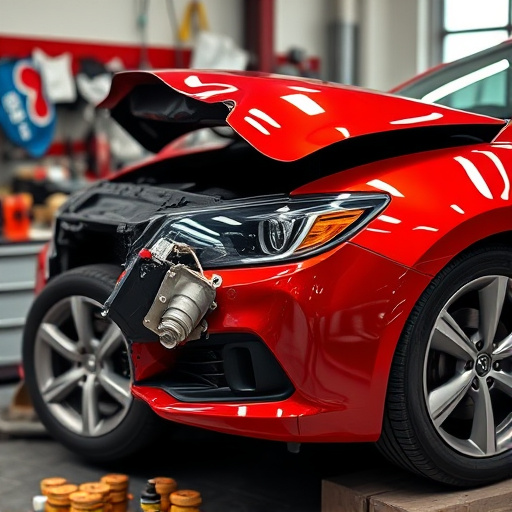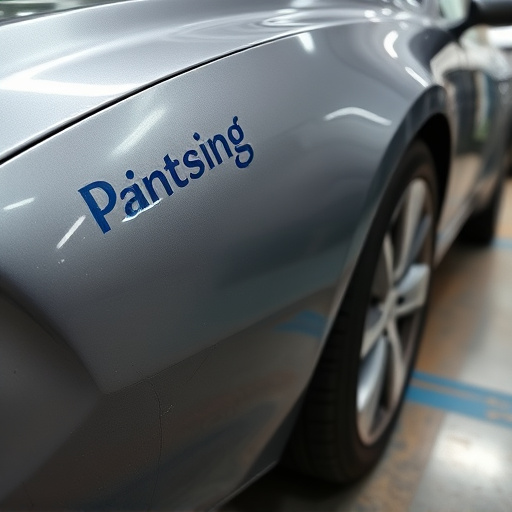Structural repair warranties protect homeowners from defects due to workmanship or materials but have limitations. Homeowners should understand terms and conditions, especially for significant repairs like auto glass or collision work. New property buyers are covered; reviewing the warranty and documenting repairs is crucial for claims. Navigating these claims requires a clear understanding of coverage, exclusions, and maintaining records.
“Ensure your home’s integrity with a comprehensive guide to structural repair warranties and your legal rights. In this article, we demystify these often complex topics, empowering homeowners with knowledge. Learn what structural repair warranties cover—from material defects to workmanship issues—and understand their limitations. Discover your legal protections when repairs go awry, including claims processes and available recourse. By following our step-by-step guide, you’ll navigate warranty claims with confidence, safeguarding your investment.”
- Understanding Structural Repair Warranties: What They Cover and Limitations
- Legal Rights of Homeowners: Claims, Resolutions, and Recourse
- Navigating Warranty Claims: A Step-by-Step Guide to Ensuring Protection
Understanding Structural Repair Warranties: What They Cover and Limitations

Structural repair warranties are an essential aspect of ensuring peace of mind when it comes to significant structural work on your property. These warranties offer protection against defects and issues that may arise due to poor workmanship or substandard materials used during repairs. In simple terms, they serve as a promise from the contractor or repair service that their work will be free from material flaws and will perform as intended for an agreed-upon period.
While structural repair warranties provide valuable assurance, it’s crucial to understand their limitations. Not all damages are covered, especially those caused by factors outside the control of the contractor, such as natural disasters or ongoing subsidence. Additionally, certain types of auto body repairs or automotive restoration work might not fall under these warranties if they involve aesthetic enhancements rather than structural integrity issues. Thus, it’s vital to read and comprehend the terms and conditions carefully before engaging any repair service, ensuring you’re aware of what is and isn’t covered in your specific case, be it for car collision repair or other structural modifications.
Legal Rights of Homeowners: Claims, Resolutions, and Recourse

When structural issues arise in a home, homeowners have legal rights and recourse under a structural repair warranty. These warranties are designed to protect buyers from unforeseen structural defects that may develop over time. Homeowners should be familiar with the terms and conditions of their warranty, as it outlines what is covered and the process for making claims.
In the event of a covered structural defect, homeowners can initiate claims through their contractor or builder. Resolutions often involve repairs or replacements, ensuring the property’s integrity and safety. Depending on the severity and cause of the damage, this could range from car body repair for minor incidents to comprehensive restructuring for severe cases, similar to automotive body work. Homeowners have the right to seek legal advice if they believe their rights are being infringed upon during the claims process or if the resolution is inadequate.
Navigating Warranty Claims: A Step-by-Step Guide to Ensuring Protection

Navigating Warranty Claims: A Step-by-Step Guide to Ensuring Protection
When it comes to structural repairs, understanding your warranty is crucial for ensuring protection and peace of mind. The first step is to carefully review the terms and conditions of your structural repair warranty. Look for specifics regarding what types of damage are covered, the duration of the warranty period, and any exclusions or limitations. This knowledge will empower you to recognize valid claims and initiate repairs promptly.
Next, document all repairs and maintain records of receipts and communications related to the issue. If a claim arises, provide these details to your structural repair provider. They should guide you through the process, which often involves reporting the damage, submitting evidence, and coordinating with an insurance company if applicable. Remember that clear communication is key; discuss any concerns or questions directly with your service provider to ensure a smooth claims process for both classic car restoration, auto glass repair, or car damage repair projects alike.
Understanding structural repair warranties is essential for homeowners looking to protect their investments. By grasping what these warranties cover and being aware of limitations, you can make informed decisions about ensuring your home’s structural integrity. Knowing your legal rights and the steps to navigate warranty claims provides a safety net, empowering you to seek resolution effectively. With this knowledge, homeowners can rest assured that they are equipped to handle potential issues, safeguarding both their property and their interests.














